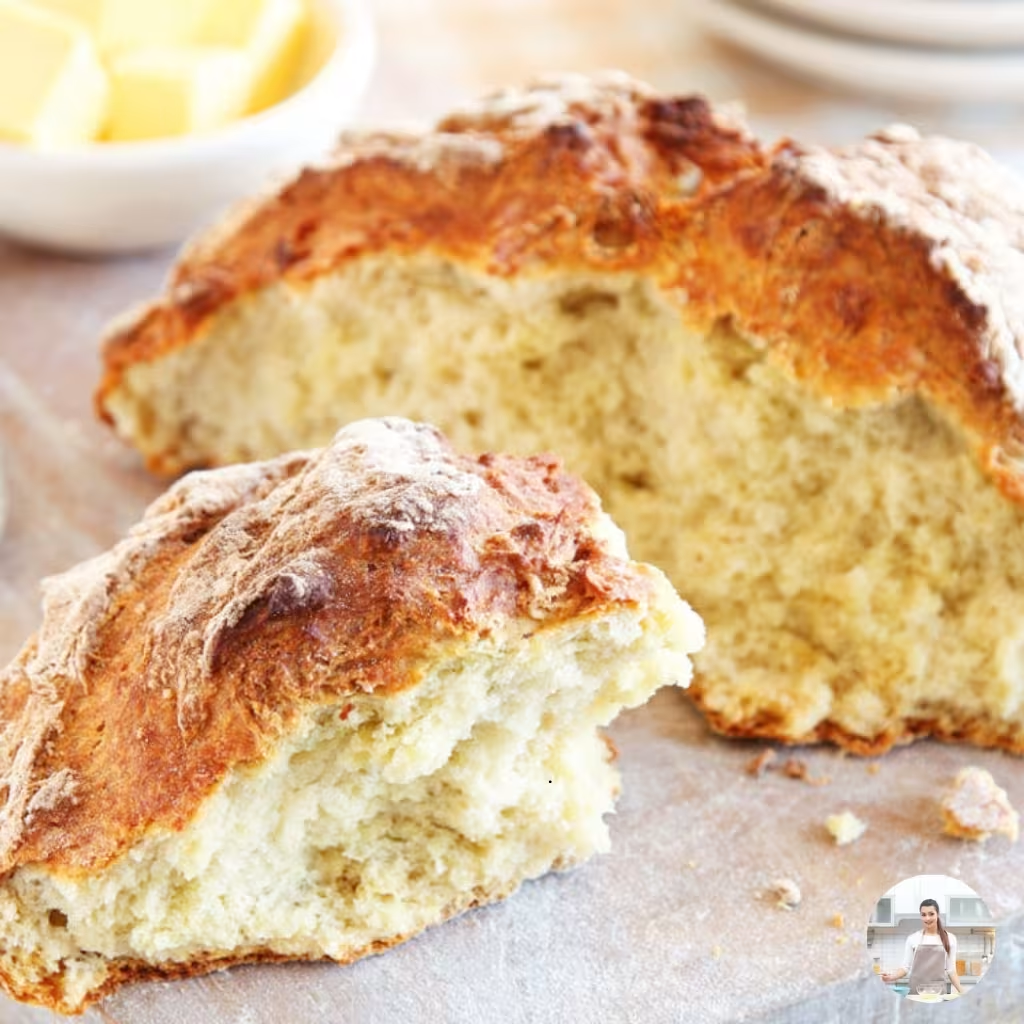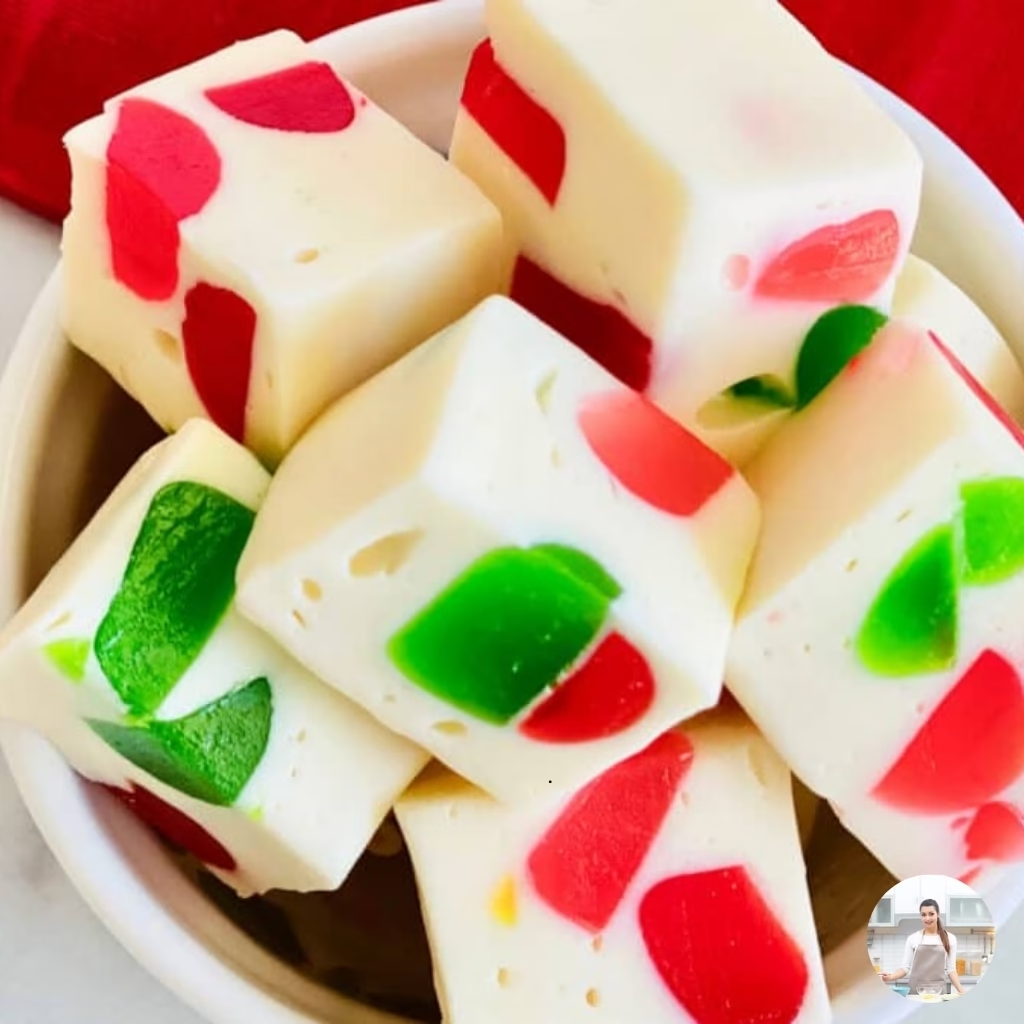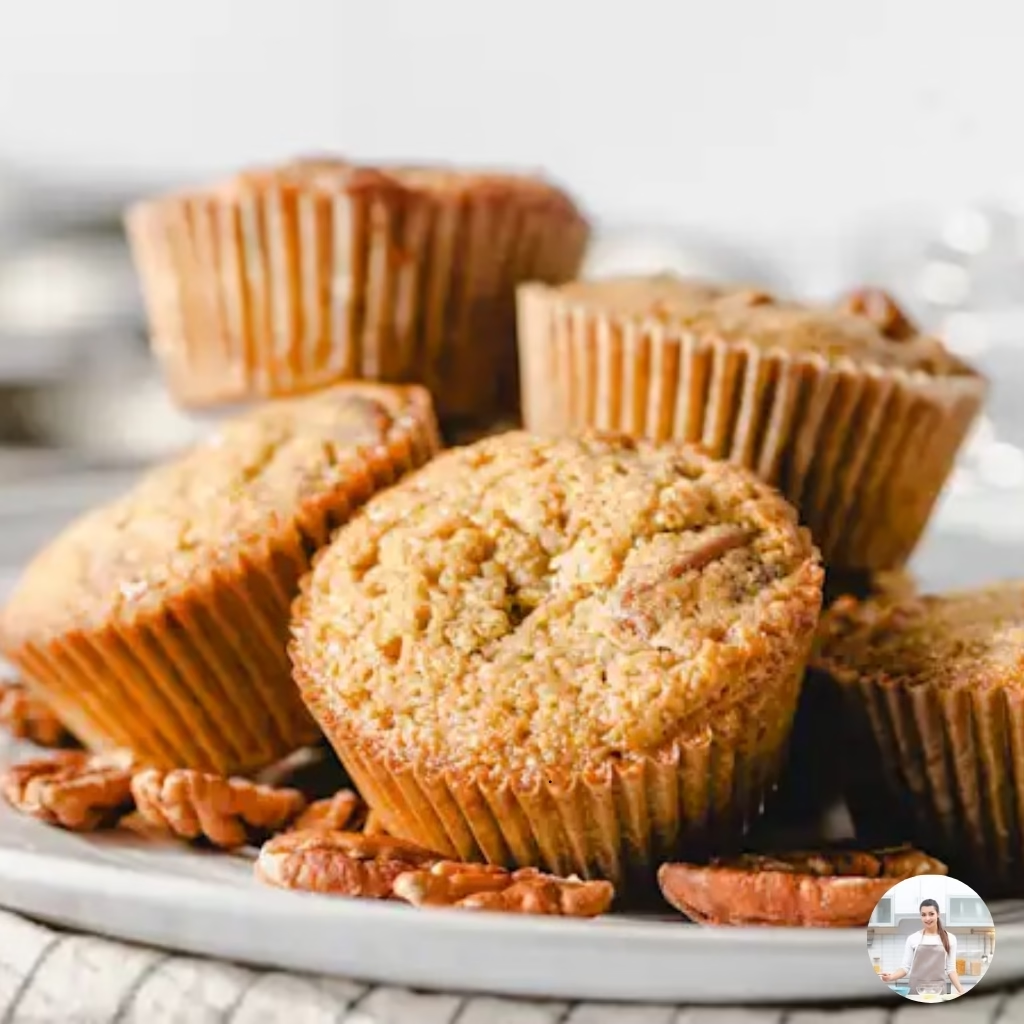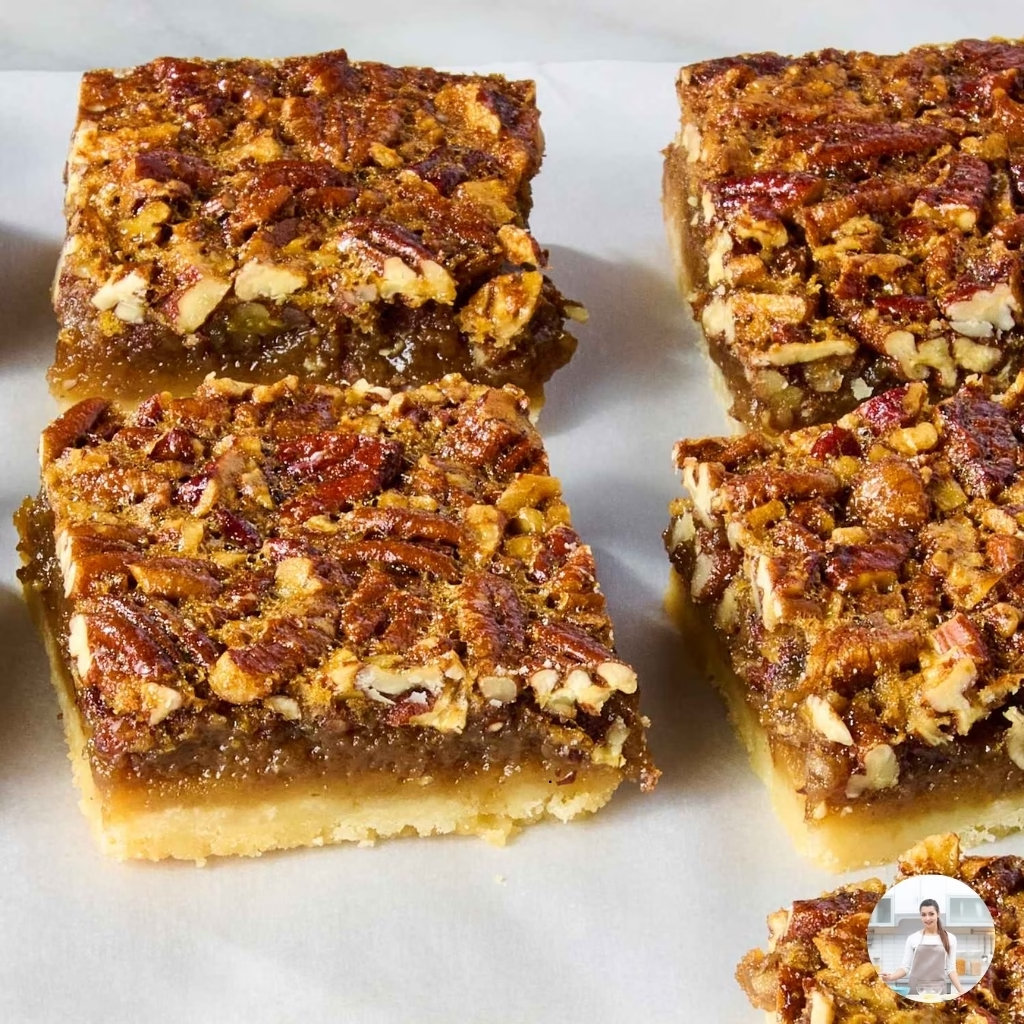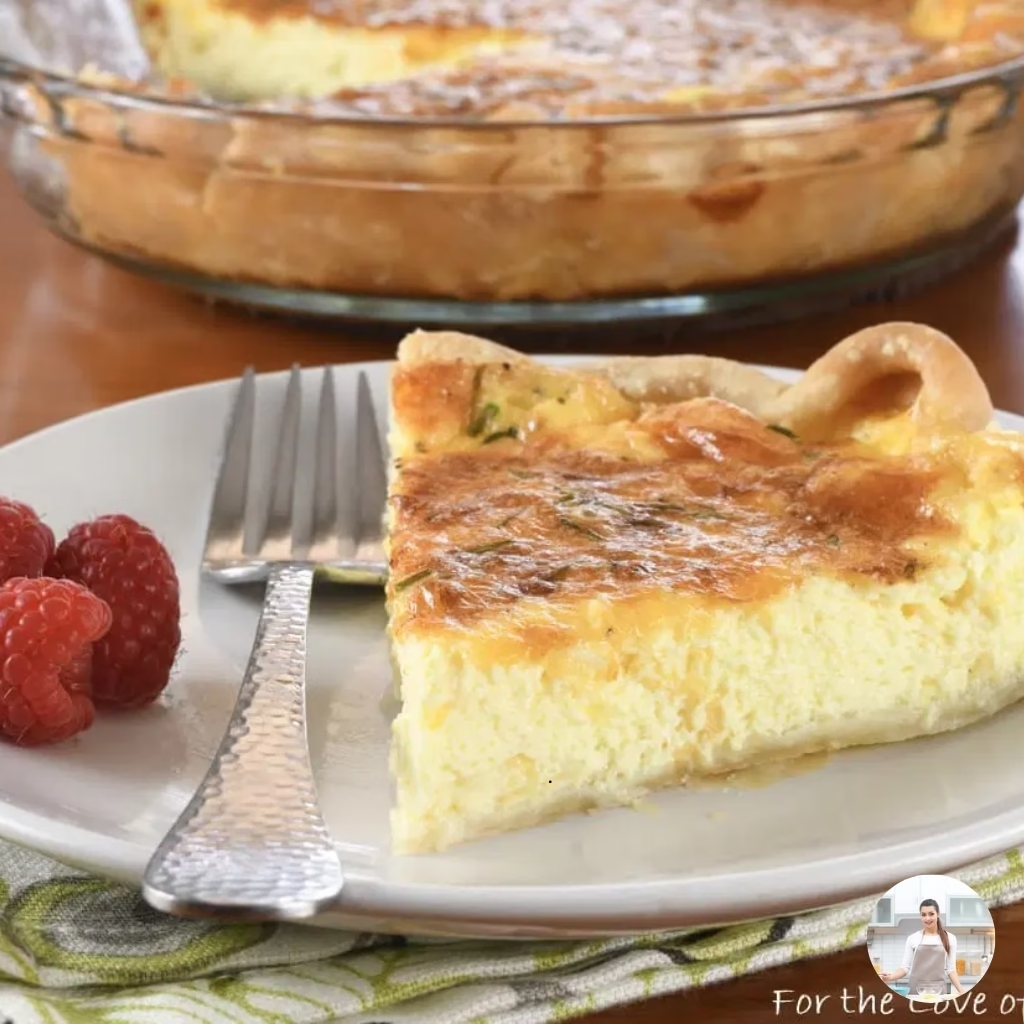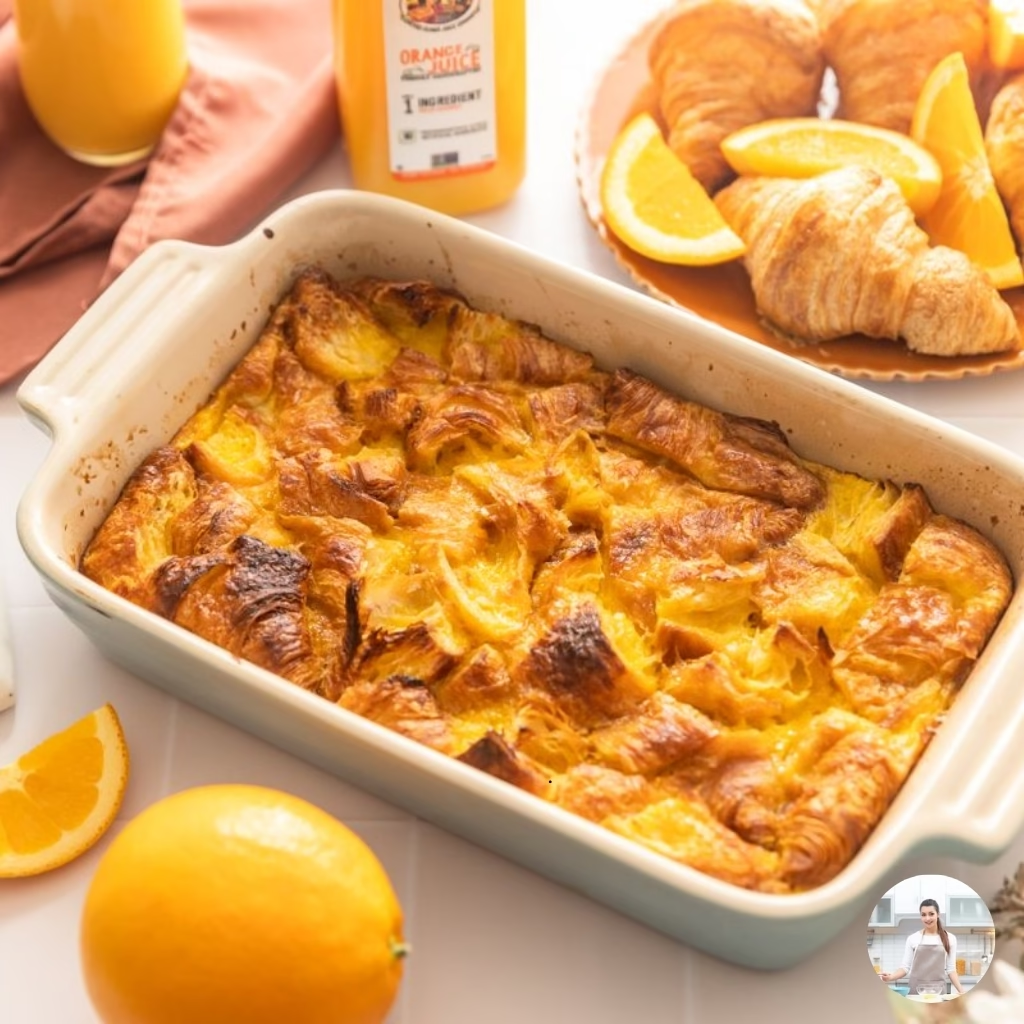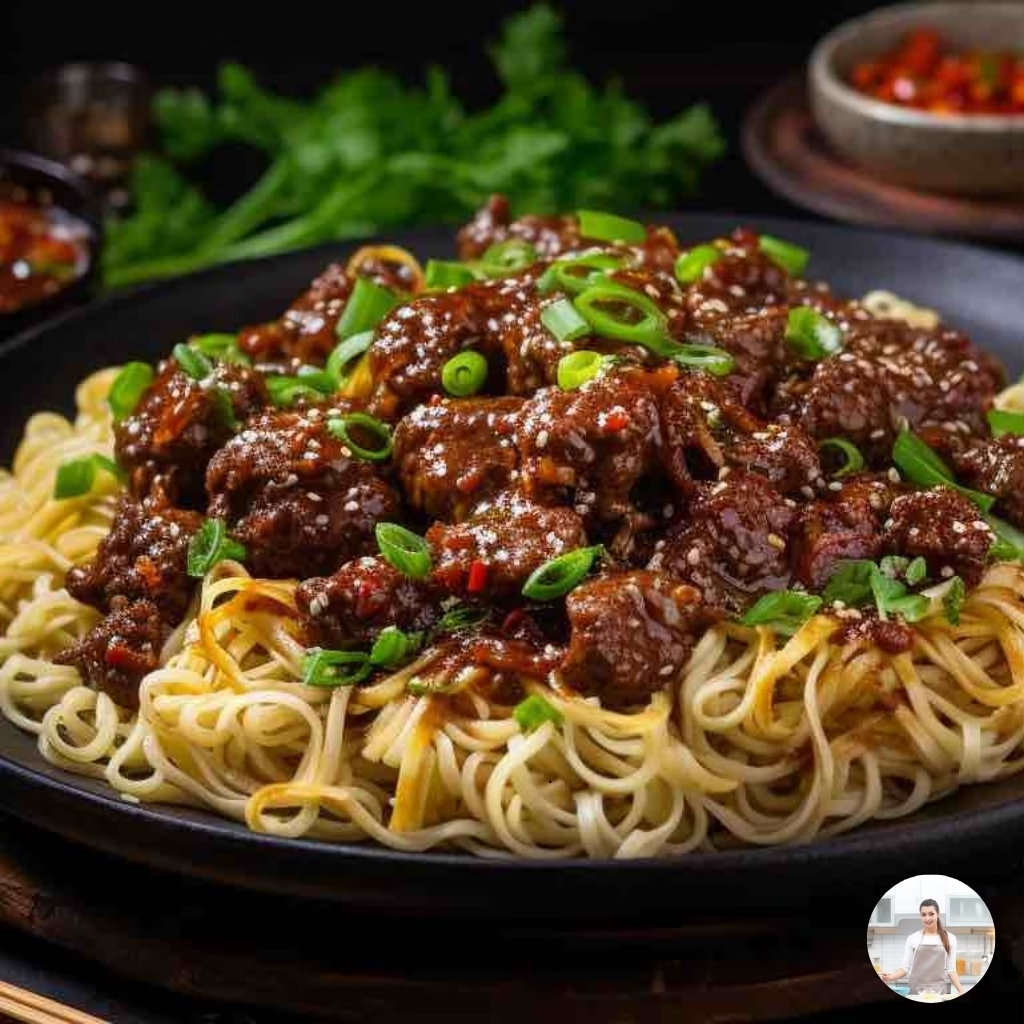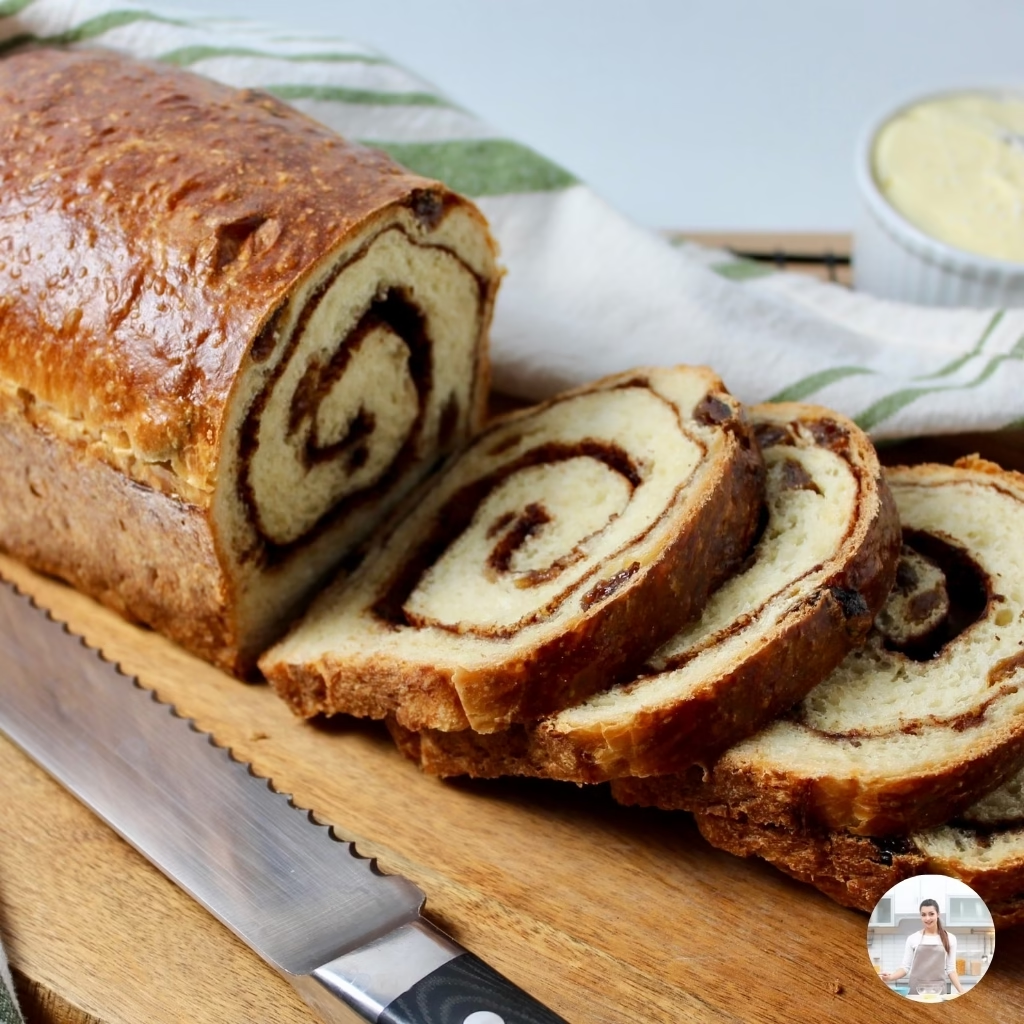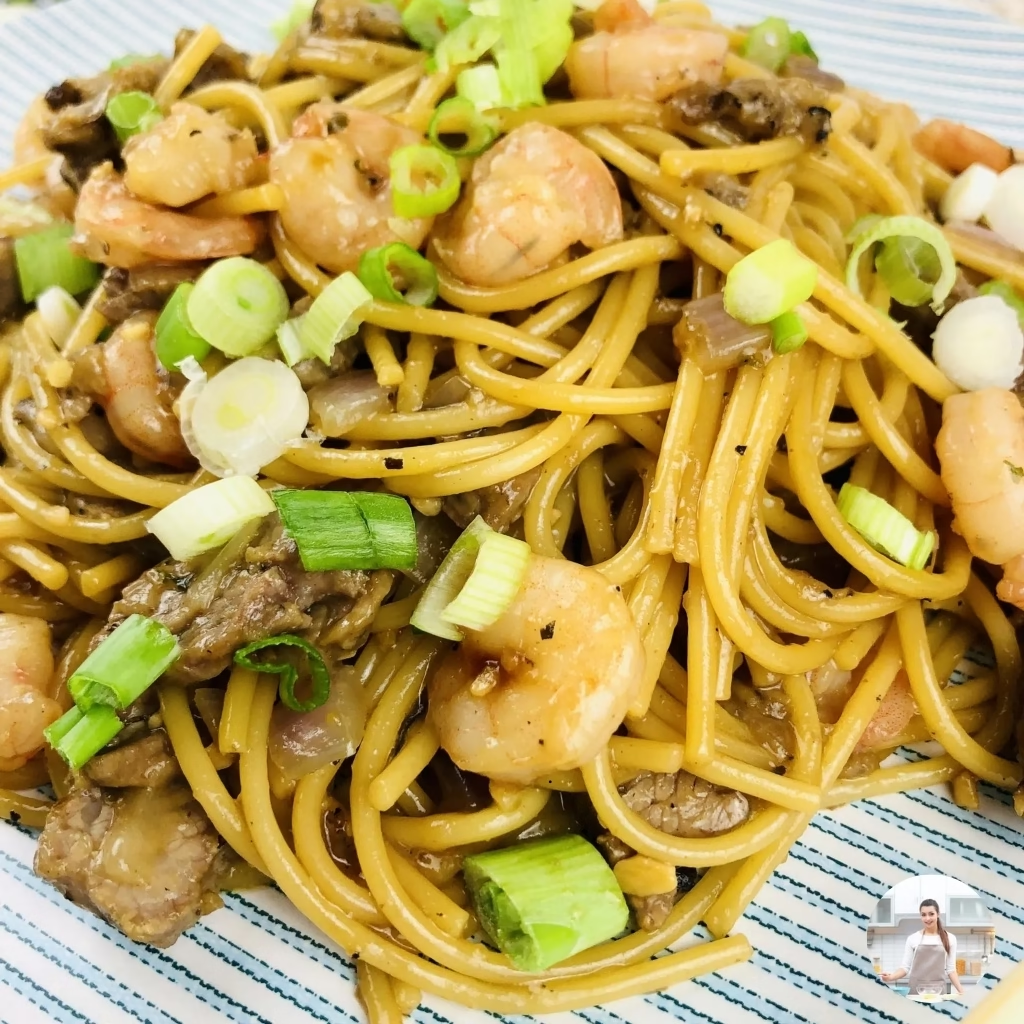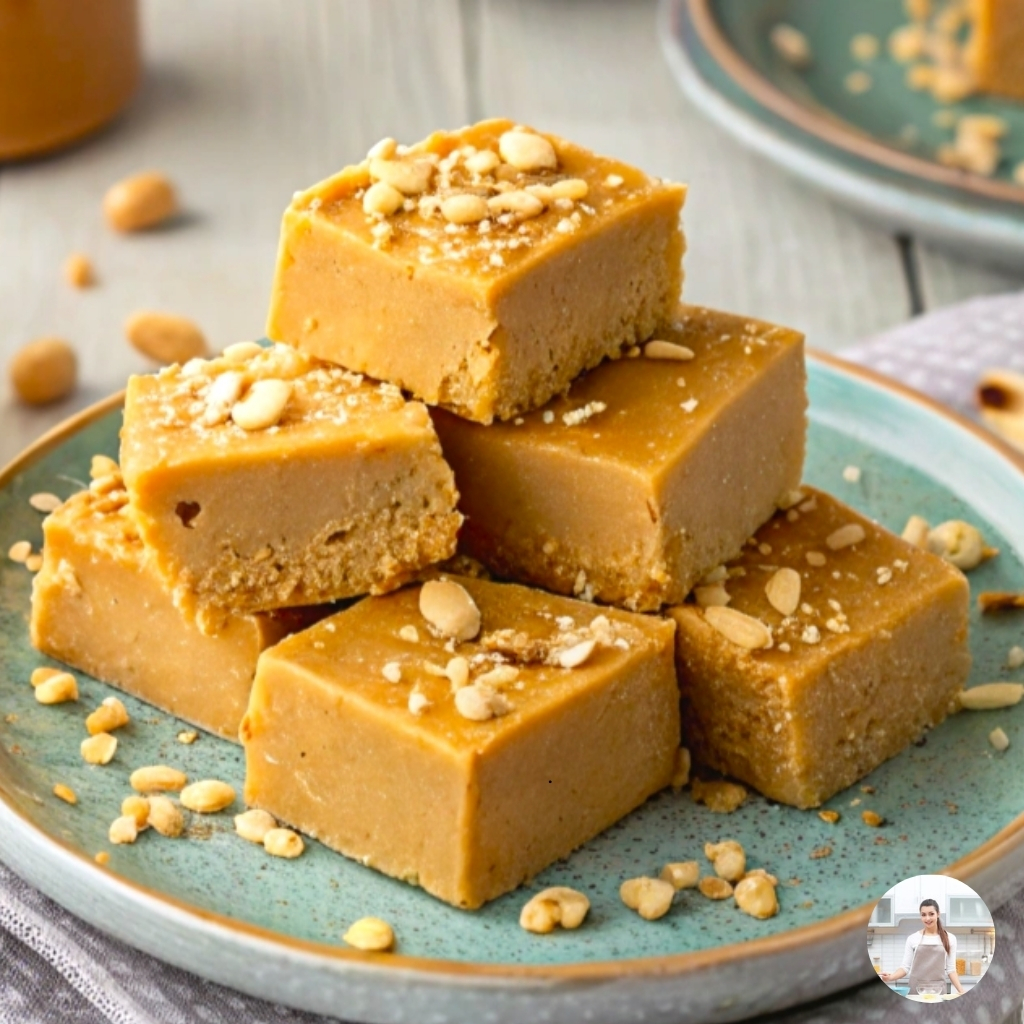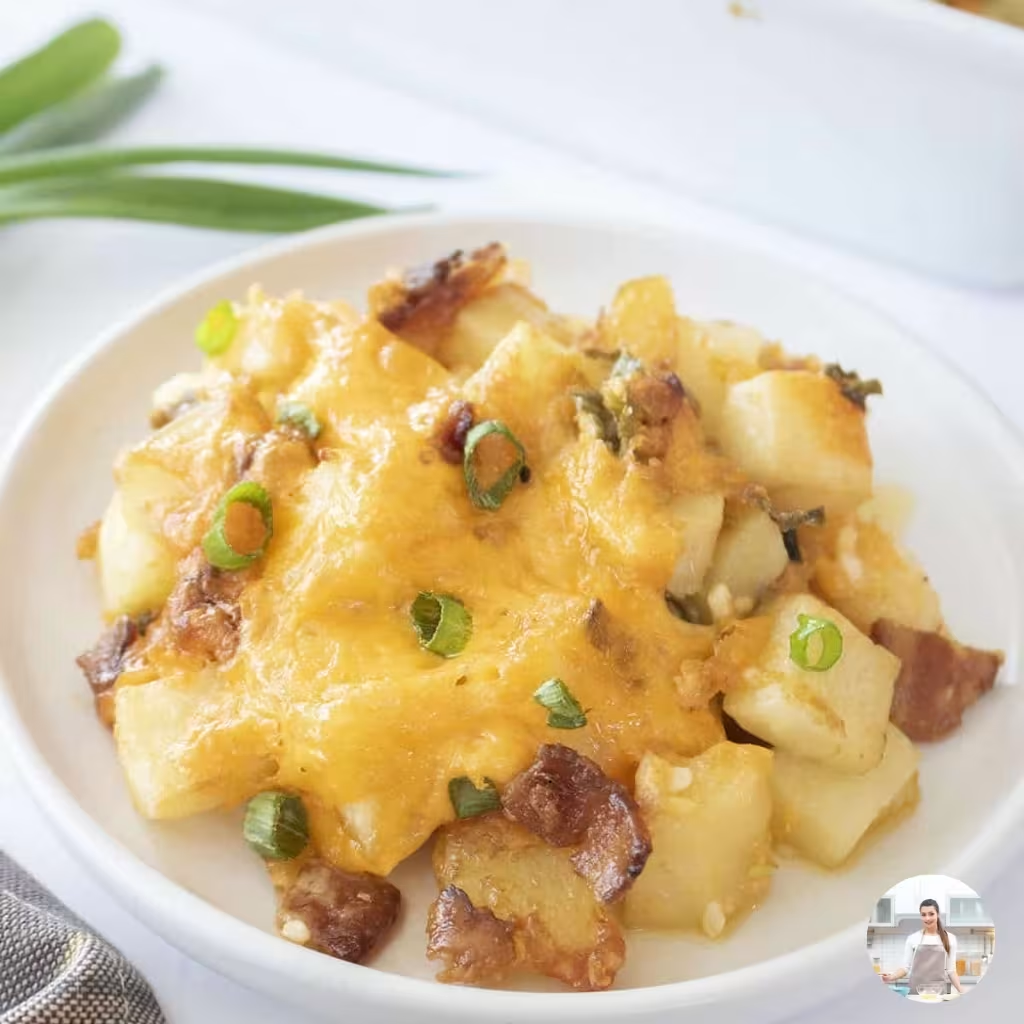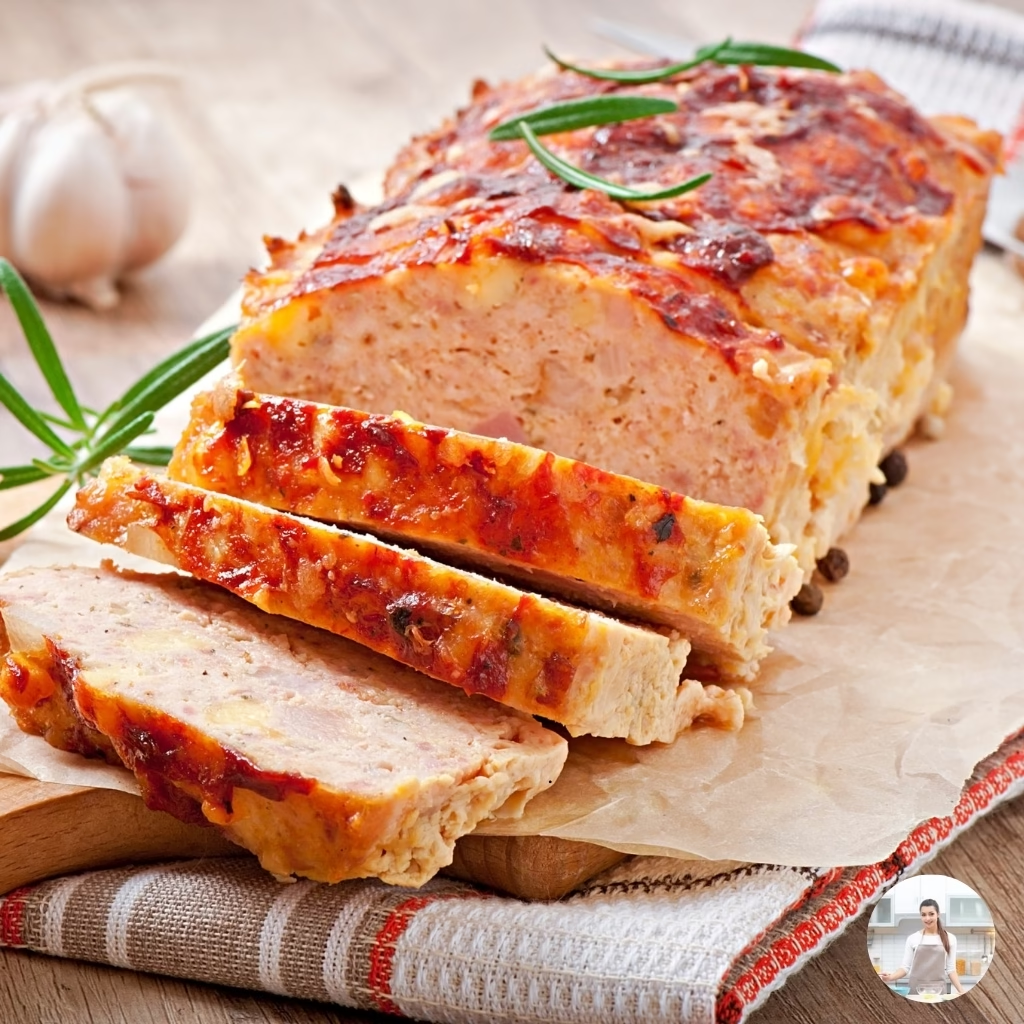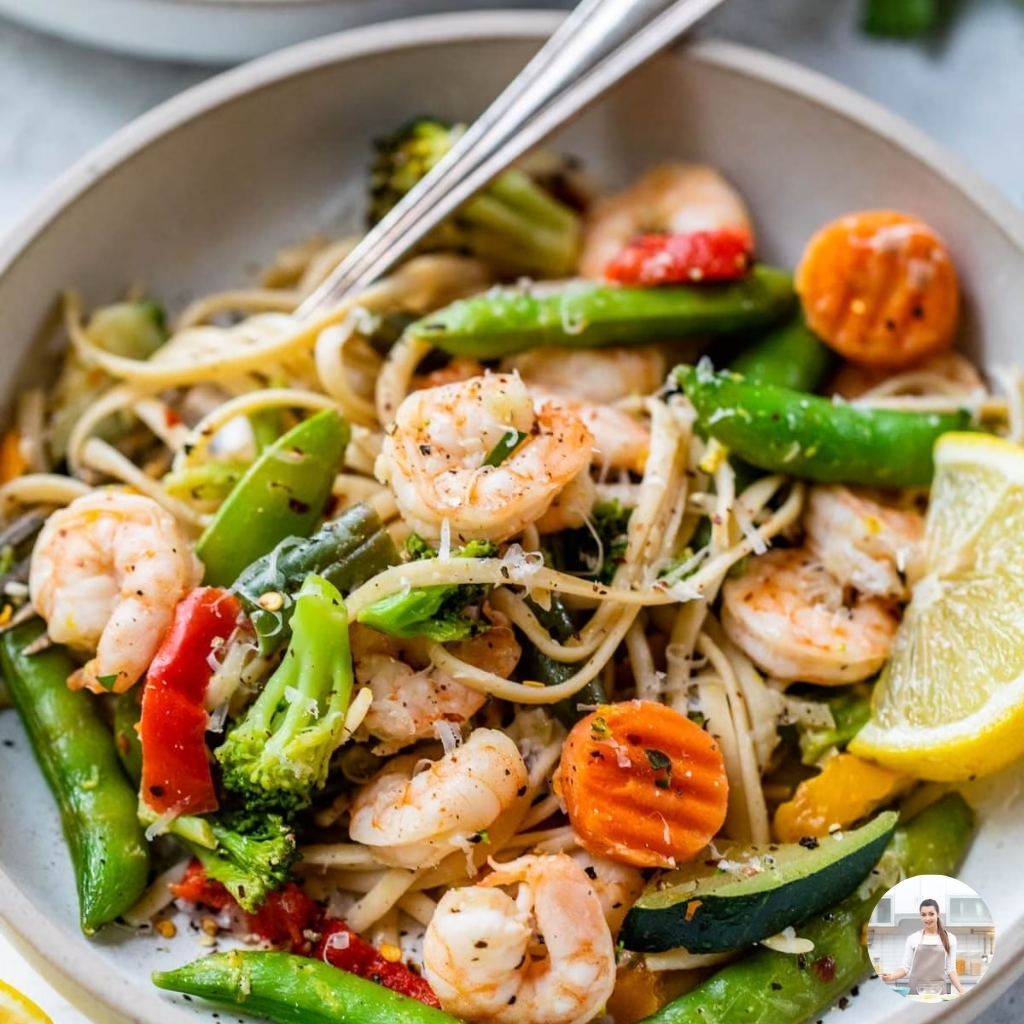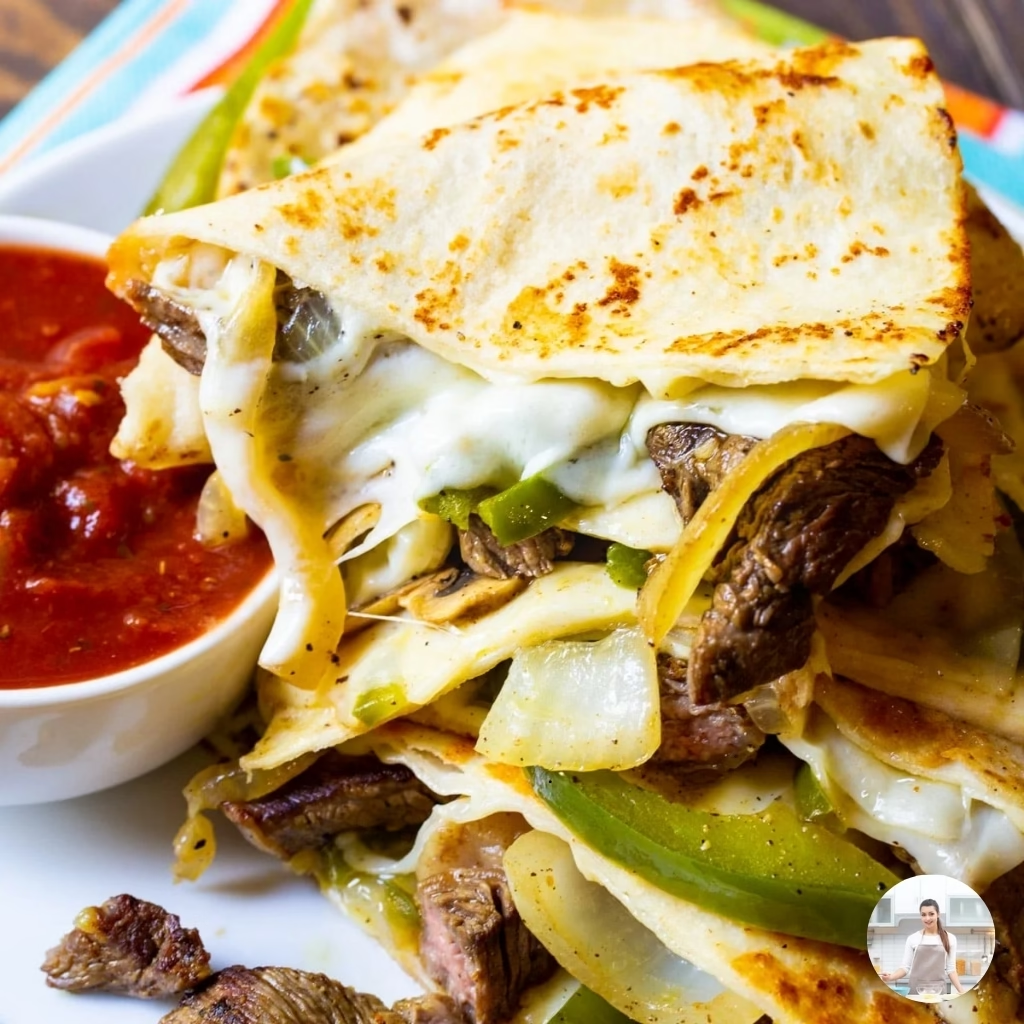When you think of comfort food, Traditional Soda Bread often comes to mind. This delightful bread is simple yet satisfying. It has a unique flavor that warms the heart.
Making soda bread is a breeze. Just a few ingredients create magic. Flour, baking soda, and buttermilk work together beautifully.
Did you know soda bread was invented in Ireland? 🍞 It uses baking soda instead of yeast. This makes it quick to prepare and bake!
Serve it warm with butter. It’s perfect for any meal. Enjoy this timeless treat with family and friends! 🥰
I. Why You’ll Love This Recipe
This traditional soda bread recipe is simple, delicious, and perfect for any occasion!
- Quick and easy to prepare with minimal ingredients.
- Perfectly crusty on the outside and soft on the inside.
- Versatile; great for breakfast, lunch, or dinner.
- Offers a taste of Irish heritage in every bite.
- Can be customized with various add-ins like nuts or dried fruits.
II. Cultural Significance and History
Traditional soda bread has deep roots in Ireland. 🍞 It symbolizes comfort and home. Families often bake it together. This bread is a staple at many meals.
Historically, it was made with simple ingredients. Baking soda was a game-changer. It made bread-making quicker and easier. People relied on it for daily nourishment.
Today, soda bread is enjoyed worldwide. It brings people together during celebrations. Many recipes vary by region and family. Each version has its own charm.
Embrace this rich history in your kitchen. Baking soda bread connects you to generations. Enjoy its warmth and flavor with loved ones. It’s a delicious way to honor tradition. 🥰
III. Ingredients List
A concise list of essential ingredients for making traditional soda bread.
- 4 cups all-purpose flour
- 1 teaspoon baking soda
- 1 teaspoon salt
- 1 ¾ cups buttermilk
- Optional: ¼ cup sugar (for a slightly sweet flavor)
- Optional: 1 cup raisins or currants (for added sweetness and texture)
IV. Equipment List
A well-prepared kitchen is key to making traditional soda bread successfully.
- Large mixing bowl for combining dry ingredients.
- Wooden spoon or spatula for mixing the dough.
- Measuring cups and spoons for accurate ingredient measurements.
- Floured surface for kneading the dough.
- Baking sheet or stone for baking the bread.
- Sharp knife for scoring the dough before baking.
- Oven mitts for safely handling hot equipment.
- Cooling rack to allow the bread to cool evenly after baking.
V. Detailed Step-by-Step Instructions
This section provides clear instructions for making traditional soda bread from scratch.
Step 1: Preheat the Oven
– Set your oven to 425°F (220°C) to ensure it’s hot enough for baking.
Step 2: Prepare the Baking Sheet
– Line a baking sheet with parchment paper or lightly grease it to prevent sticking.
Step 3: Mix the Dry Ingredients
– In a large mixing bowl, combine the following:
– 4 cups all-purpose flour
– 1 teaspoon baking soda
– 1 teaspoon salt
Step 4: Add the Wet Ingredients
– Create a well in the center of the dry mixture and add:
– 1 ¾ cups buttermilk
– Mix gently with a wooden spoon or your hands until a soft dough forms.
Step 5: Shape the Dough
– Turn the dough out onto a floured surface.
– Knead gently for about 1 minute until just combined.
– Shape the dough into a round loaf.
Step 6: Score the Top
– Use a sharp knife to make a deep cross on the top of the loaf. This helps it cook evenly.
Step 7: Bake the Bread
– Place the loaf on the prepared baking sheet.
– Bake in the preheated oven for 30-35 minutes, or until the bread sounds hollow when tapped on the bottom.
Step 8: Cool the Bread
– Remove the bread from the oven and let it cool on a wire rack for at least 10 minutes before slicing.
VI. Variations
A brief overview of different takes on traditional soda bread.
1. Flavored Soda Bread
Consider adding ingredients like herbs, cheese, or nuts to give your soda bread a unique twist. For instance, mixing in grated cheddar cheese and chopped chives can create a savory loaf perfect for any meal.
2. Sweet Soda Bread
For a sweeter version, incorporate dried fruits such as raisins or cranberries. You might also add a touch of honey or sugar to enhance the sweetness, making it a delightful breakfast option.
3. Gluten-Free Soda Bread
If you’re following a gluten-free diet, substitute regular flour with a gluten-free blend. Be sure to check that your baking soda is gluten-free as well. This variation maintains the classic texture while accommodating dietary needs.
4. Whole Wheat Soda Bread
For a healthier option, use whole wheat flour instead of all-purpose flour. This adds more fiber and nutrients to your bread while still delivering a delicious flavor.
5. Multigrain Soda Bread
Add a mix of seeds and grains, such as oats, flaxseed, or sunflower seeds, for added texture and nutrition. This variation not only enhances the flavor but also boosts the health benefits of your soda bread.
6. Herb-Infused Soda Bread
Infusing your bread with fresh herbs like rosemary or thyme can elevate its flavor profile. Simply chop the herbs finely and mix them into the dough for a fragrant loaf.
VII. Tips and Tricks for Traditional Soda Bread
A few simple tips can elevate your traditional soda bread and ensure a perfect bake every time.
- Use fresh baking soda for the best rise; it loses potency over time.
- Mix the dough gently; over-kneading can result in a tough texture.
- Incorporate buttermilk at room temperature for a better reaction with the baking soda.
- For a crustier loaf, place a pan of water in the oven while baking.
- Score the top of the dough before baking to help it rise evenly.
- Let the bread cool on a wire rack to prevent sogginess.
- Store the bread in a cloth bag or wrapped in a kitchen towel to maintain freshness.
VIII. Nutrition Information
This section provides key nutritional insights for traditional soda bread, helping you make informed choices.
- Calories: Approximately 150-200 per slice.
- Carbohydrates: Around 30-35 grams per slice, primarily from flour.
- Protein: Contains about 4-6 grams, depending on the recipe.
- Fat: Generally low in fat, with around 1-3 grams per slice.
- Fiber: Offers about 1-2 grams, promoting digestive health.
- Sodium: Varies by recipe; typically ranges from 200-400 mg.
- Vitamins and Minerals: Good source of B vitamins and iron from whole wheat flour.
- Serving Size: Usually one slice, which can be adjusted based on your meal plan.
IX. Serving Suggestions
Enhance your traditional soda bread experience with these delightful serving ideas.
- Serve warm with butter for a classic taste.
- Pair with homemade jams or preserves for a sweet touch.
- Enjoy alongside hearty soups or stews for a comforting meal.
- Slice and toast for breakfast, topped with avocado or eggs.
- Use as a base for sandwiches, filled with your favorite ingredients.
- Complement with cheese and charcuterie for a delightful appetizer.
- Offer with a side of honey or maple syrup for a sweet dip option.
X. Health Considerations
Traditional soda bread is a wholesome choice, but consider these health factors for a balanced diet.
- Moderate portion sizes to control calorie intake.
- Opt for whole wheat flour for added fiber and nutrients.
- Be mindful of sodium levels; use less baking soda if necessary.
- Consider adding seeds or nuts for healthy fats and protein.
- Pair with nutritious toppings like avocado or hummus for a balanced meal.
- Store properly to prevent mold and maintain freshness.
- Consult with a healthcare provider if you have specific dietary restrictions.
XI. Storage Suggestions for Traditional Soda Bread
To keep your soda bread fresh, store it properly. Wrap it in a clean kitchen towel. This helps maintain moisture without making it soggy.
For longer storage, consider using a plastic bag. Seal it tightly to prevent air exposure. This keeps the bread soft for several days.
If you want to store it longer, freeze the bread. Slice it before freezing for convenience. This allows you to enjoy it later easily.
When reheating, use an oven for best results. This restores its original texture and flavor. Avoid microwaving, as it can become tough.
Always check for mold before consuming. If it appears, discard the bread immediately. Proper storage ensures your soda bread stays delicious and safe
Traditional Soda Bread FAQs: Your Questions Answered with a Twist!
Delve into the delightful world of traditional soda bread with our uplifting FAQs, perfect for both novice bakers and seasoned pros!
What is traditional soda bread?
Traditional soda bread is a quick bread made using baking soda as a leavening agent instead of yeast. It typically consists of flour, buttermilk, and salt, creating a dense yet delicious loaf.
How did soda bread originate?
Soda bread originated in Ireland in the 19th century as a way to make bread quickly and easily. The use of baking soda was a result of the availability of sodium bicarbonate, which provided a leavening alternative to yeast.
What are the main ingredients in soda bread?
The main ingredients in traditional soda bread include all-purpose flour, baking soda, salt, and buttermilk. Some variations may include additional ingredients like oats, raisins, or seeds for added flavor and texture.
Can I make soda bread without buttermilk?
Yes! If you don’t have buttermilk, you can create a substitute by mixing regular milk with a tablespoon of vinegar or lemon juice and letting it sit for about 5-10 minutes before using it in your recipe.
How long does it take to bake soda bread?
Baking soda bread typically takes about 30-45 minutes at 425°F (220°C). It’s best to check for doneness by tapping the bottom of the loaf; it should sound hollow when fully baked.
Can soda bread be frozen?
Absolutely! Soda bread can be frozen for up to three months. To freeze, wrap it tightly in plastic wrap or aluminum foil and place it in an airtight container or freezer bag.
What is the best way to store soda bread?
Store soda bread at room temperature in a bread box or wrapped in a clean kitchen towel to keep it fresh for a few days. For longer storage, consider freezing it.
Is soda bread gluten-free?
Traditional soda bread is not gluten-free, as it is made with wheat flour. However, you can make gluten-free versions using alternative flours such as almond or gluten-free all-purpose flour.
Can I add ingredients like herbs or cheese to soda bread?
Yes! Feel free to customize your soda bread by adding herbs, cheese, or spices. Popular additions include cheddar cheese, chives, or caraway seeds for an extra flavor boost.
Why is my soda bread dense?
A dense soda bread may result from overworking the dough or not using enough baking soda. Be sure to mix just until combined and measure your ingredients accurately for the best results.
The Bottom Line
Traditional soda bread is a cherished staple in many homes. Its simple ingredients create a delightful, hearty loaf. The texture and flavor make it perfect for any meal.
This bread’s quick preparation saves you valuable time. You can enjoy warm slices in just under an hour. Pair it with butter or jam for a tasty treat.
Feel free to customize your soda bread with add-ins. Ingredients like raisins or seeds can enhance its flavor. Each variation offers a unique twist on tradition.
We invite you to revisit our website for more recipes. Our team updates delicious ideas every day just for you. Don’t forget to bookmark us and share with friends! 😊
Thank you for reading, and happy baking! Your culinary adventures await. 🍞
